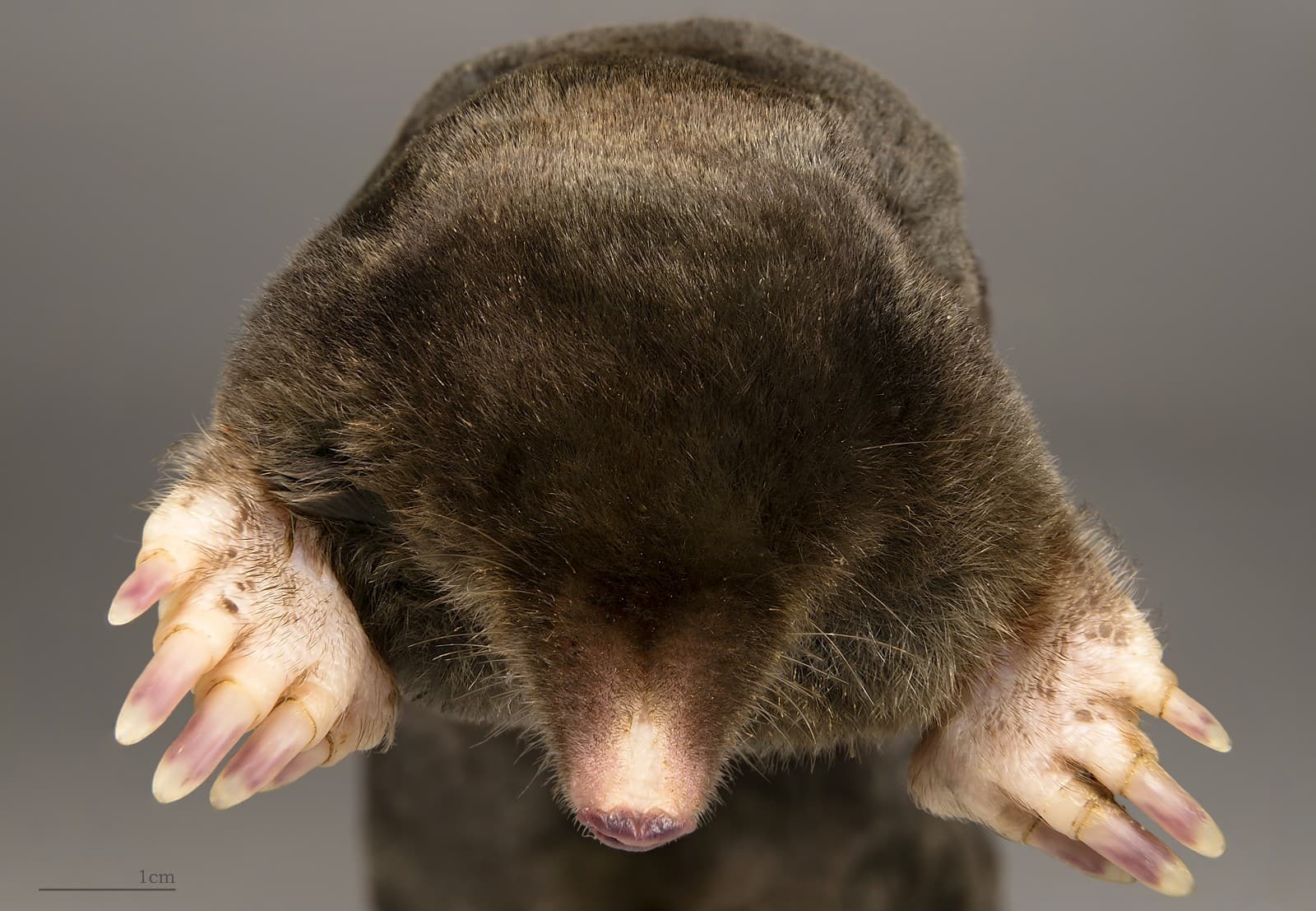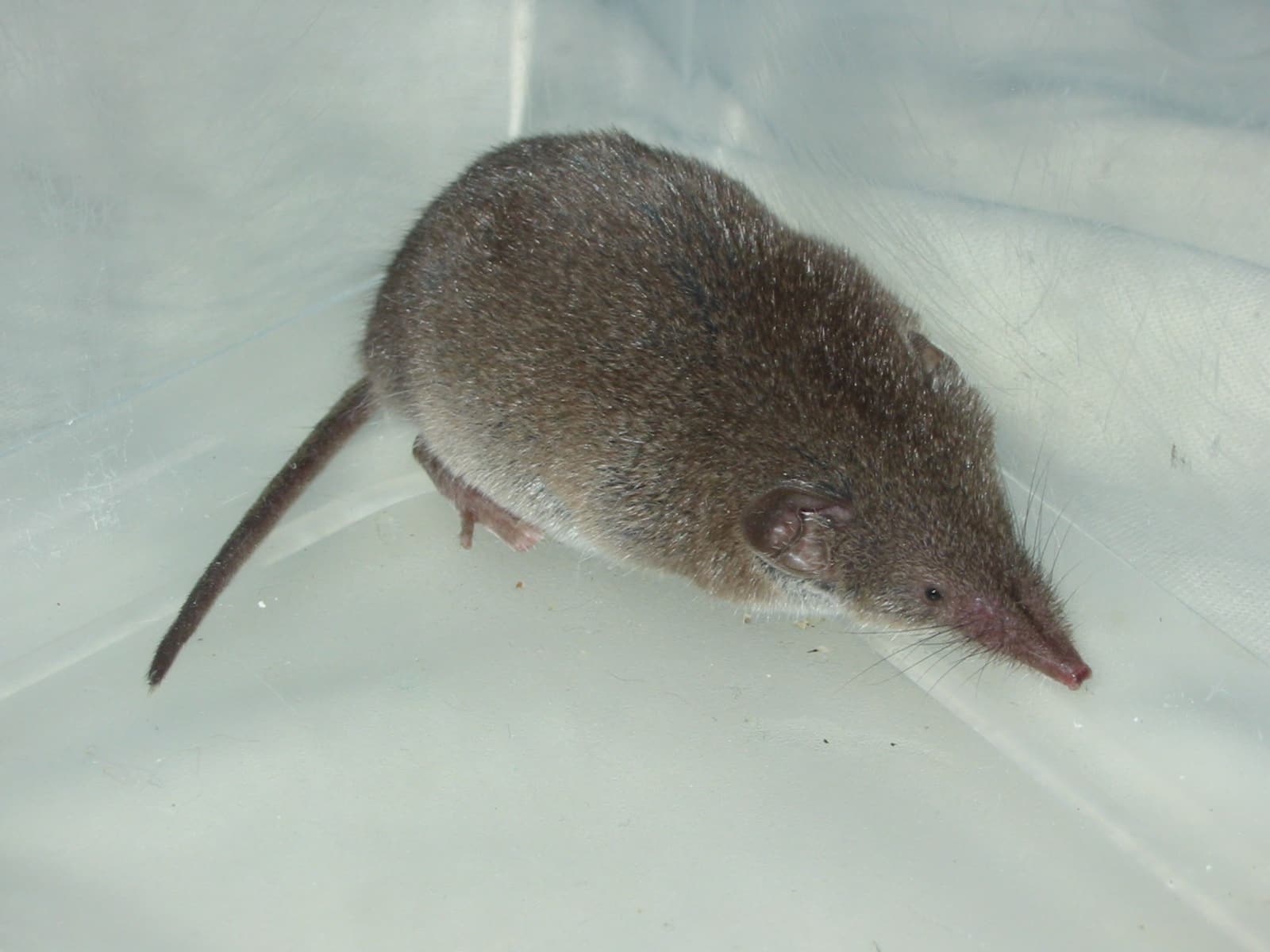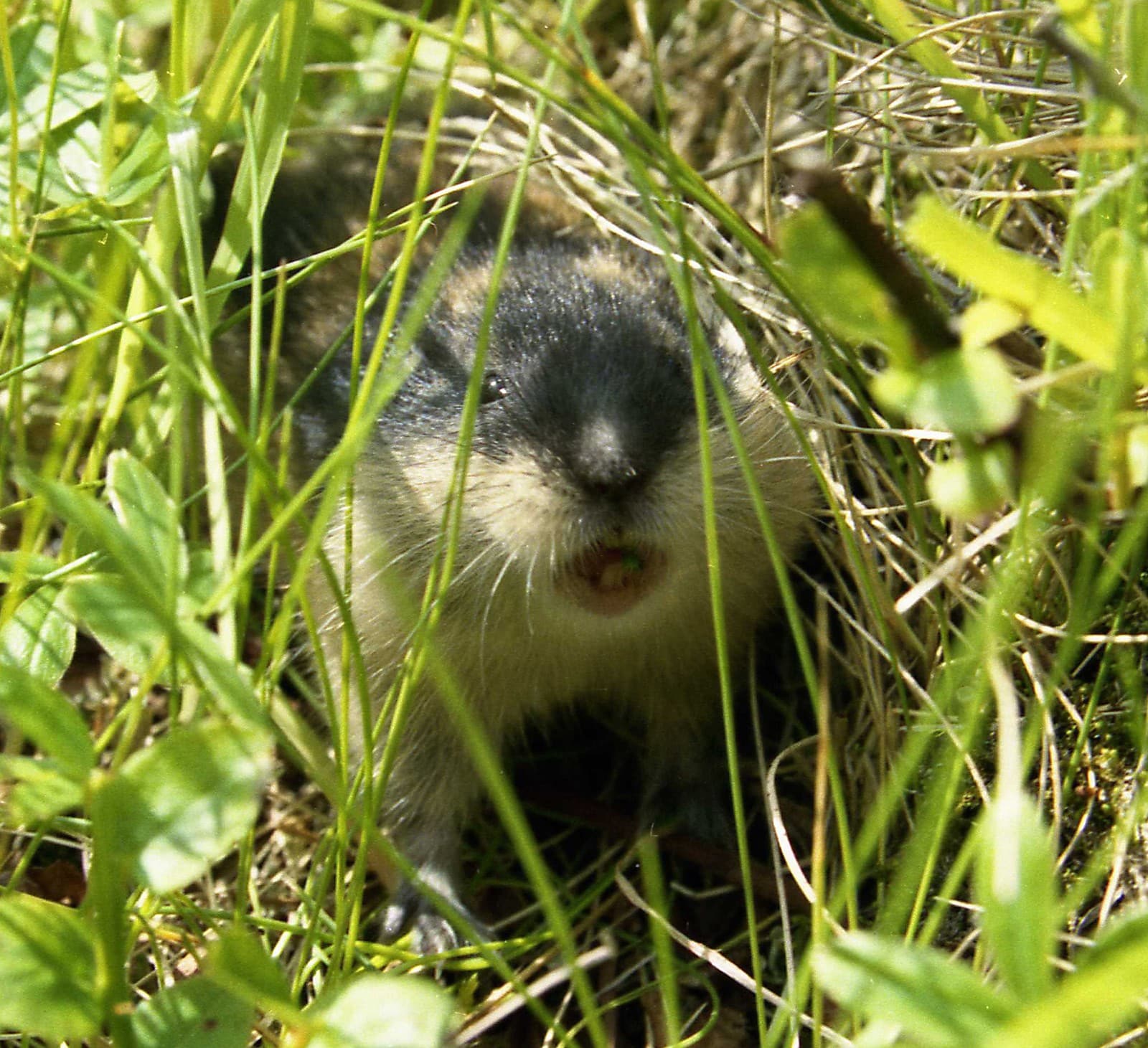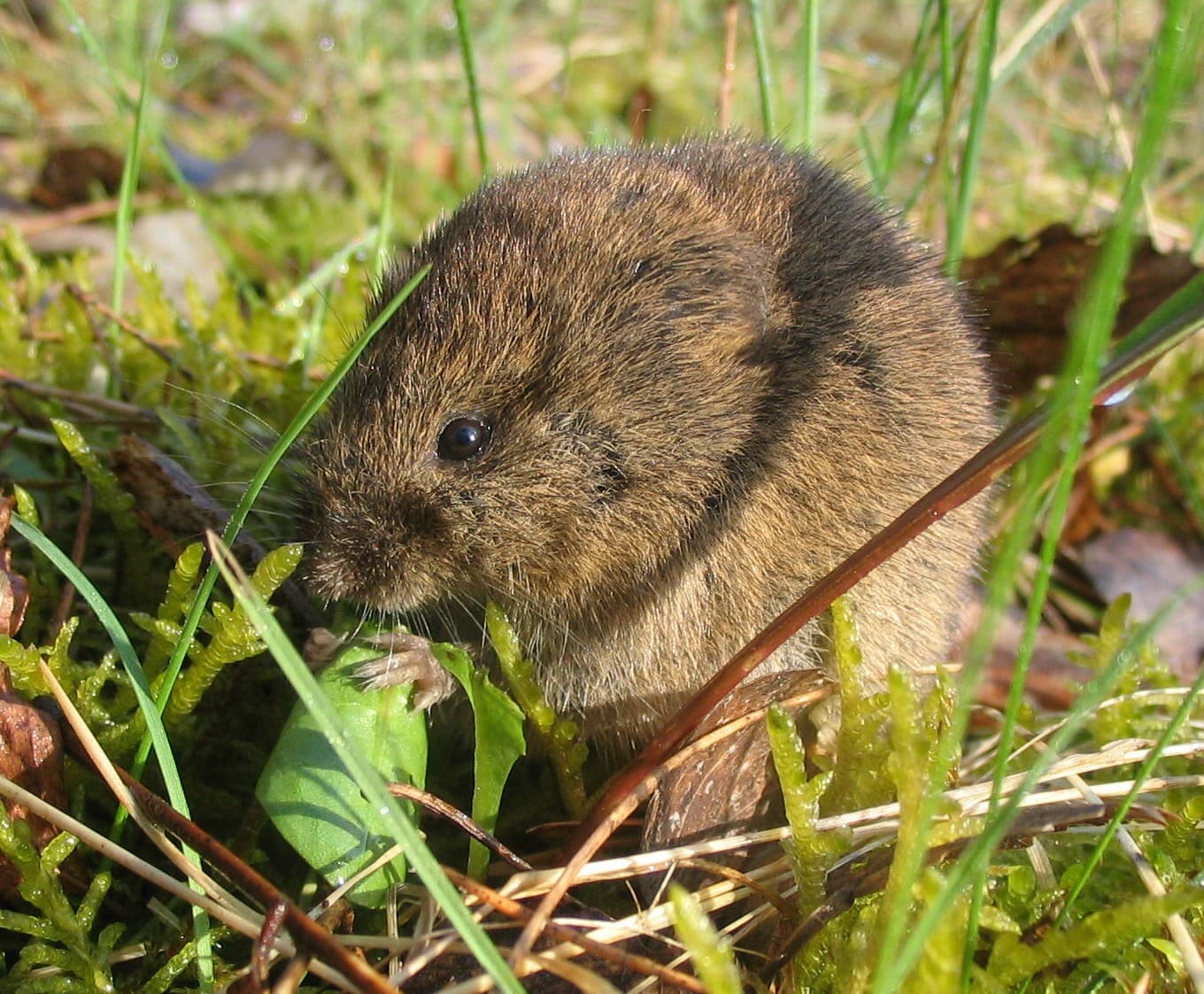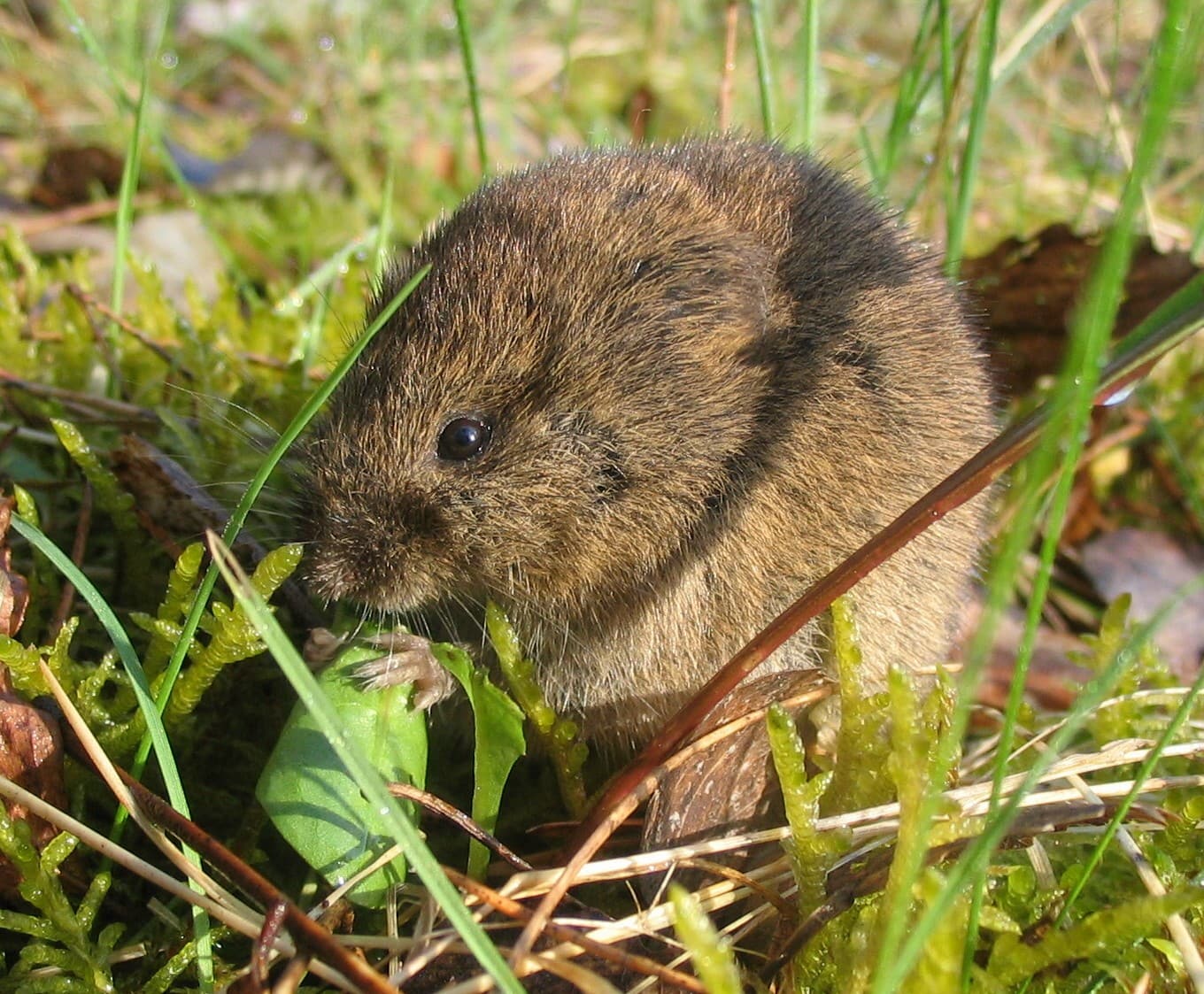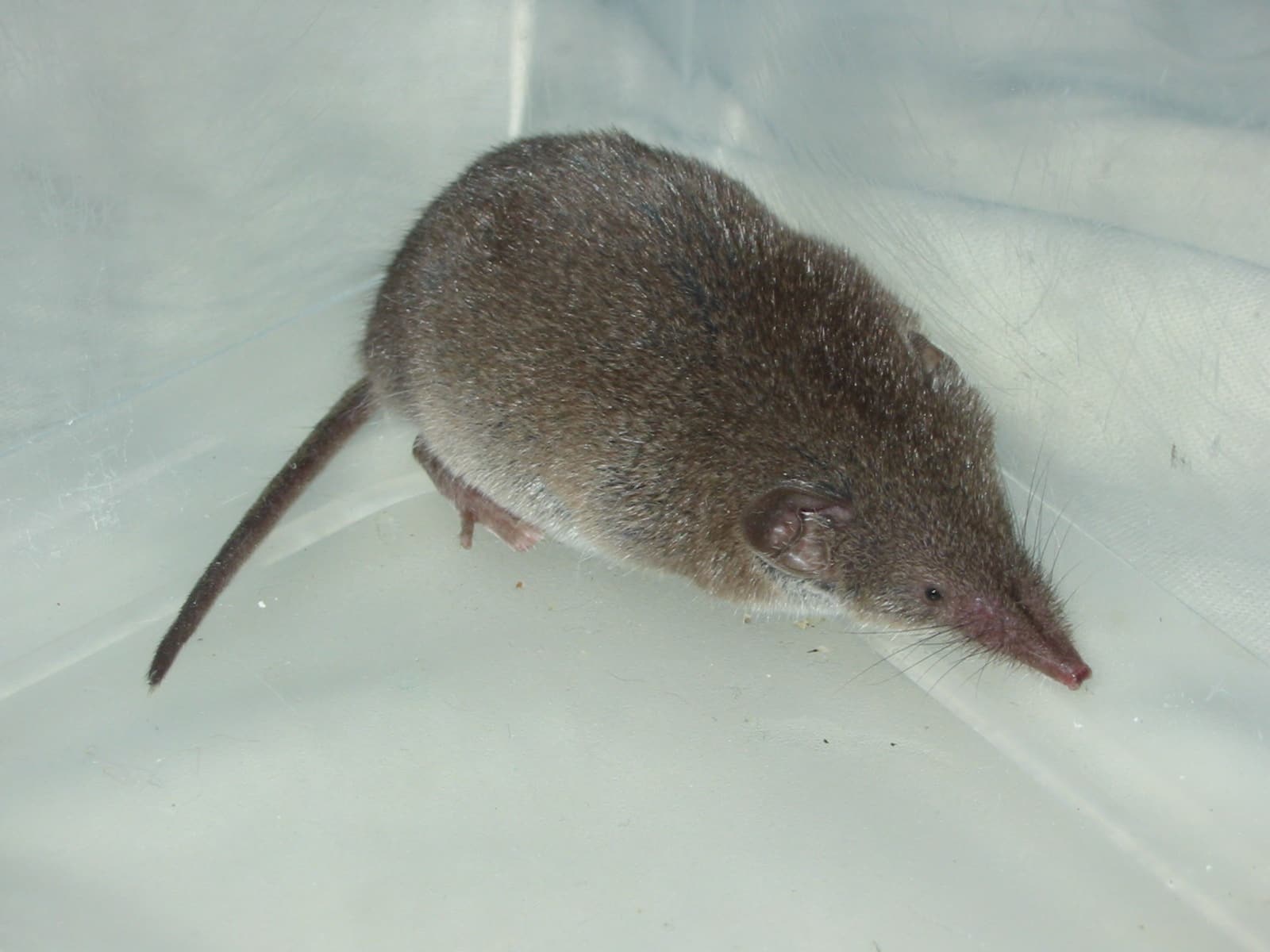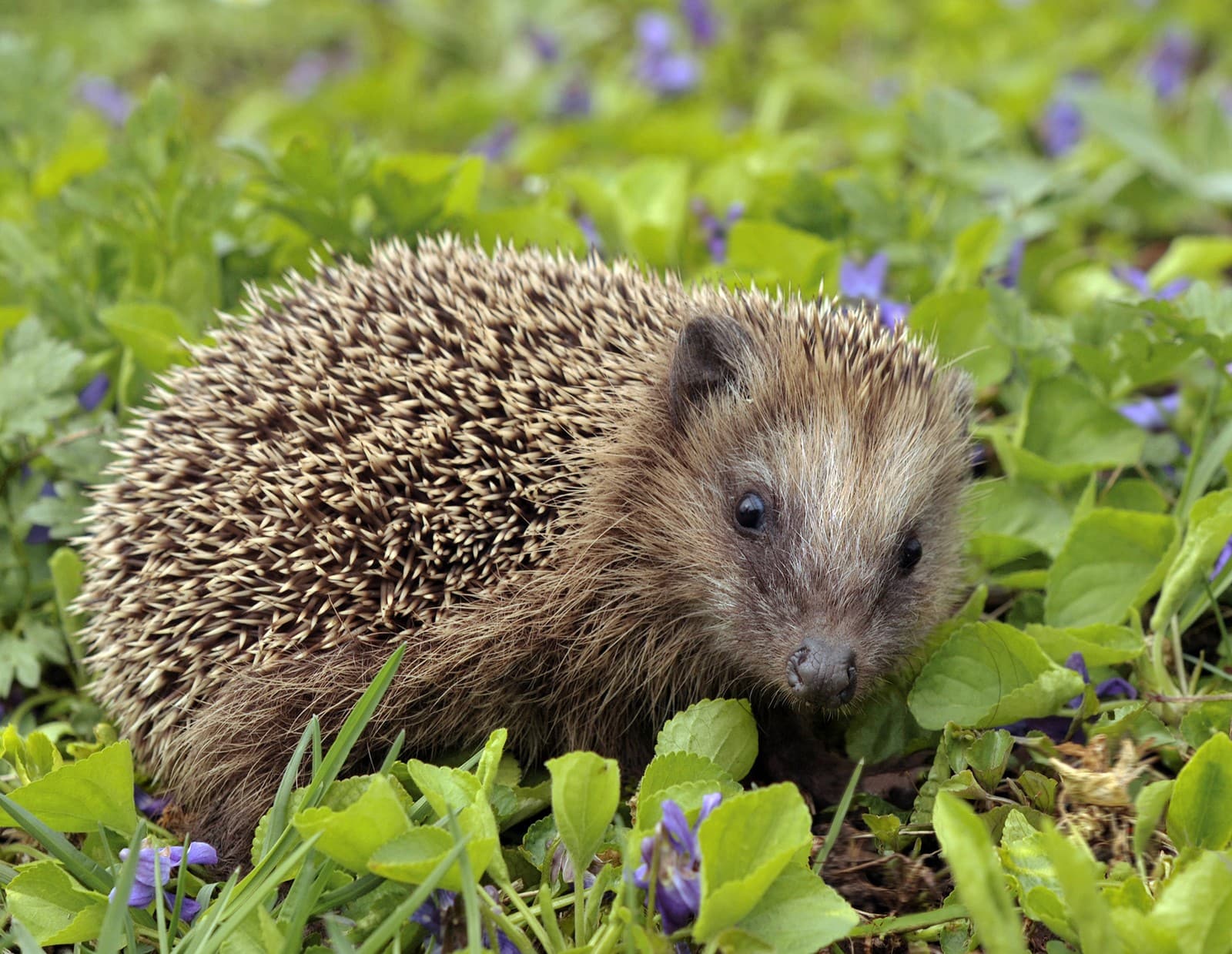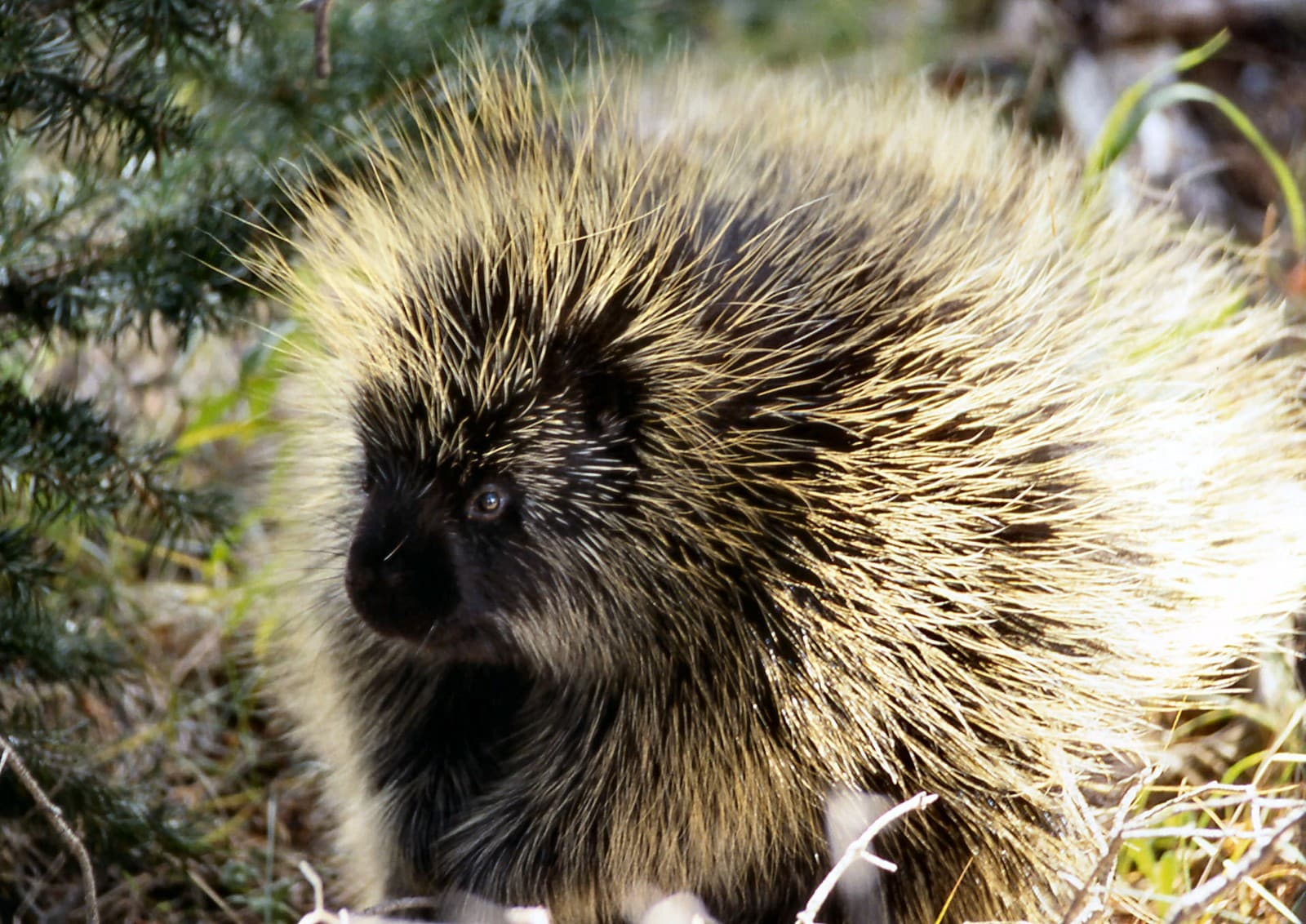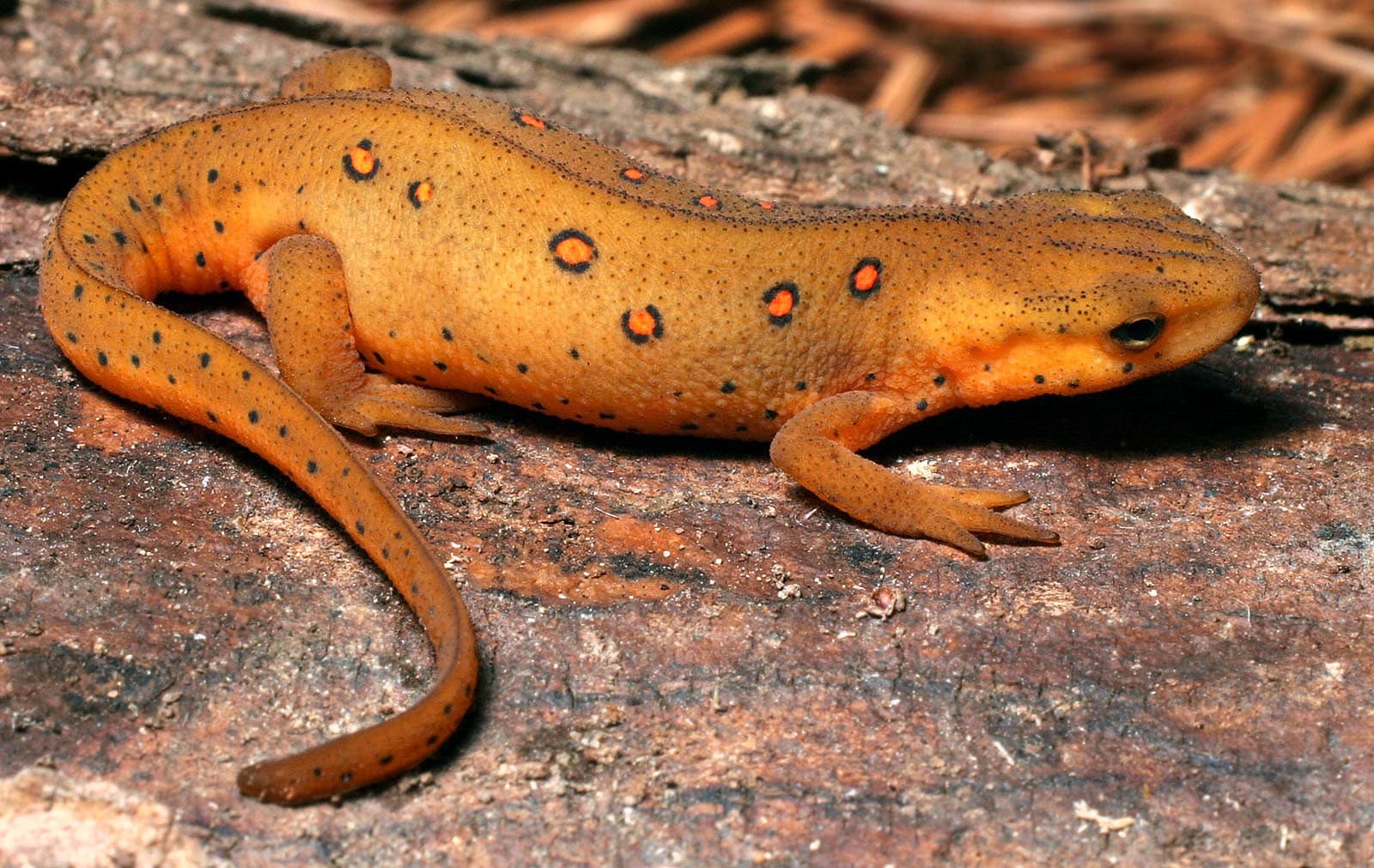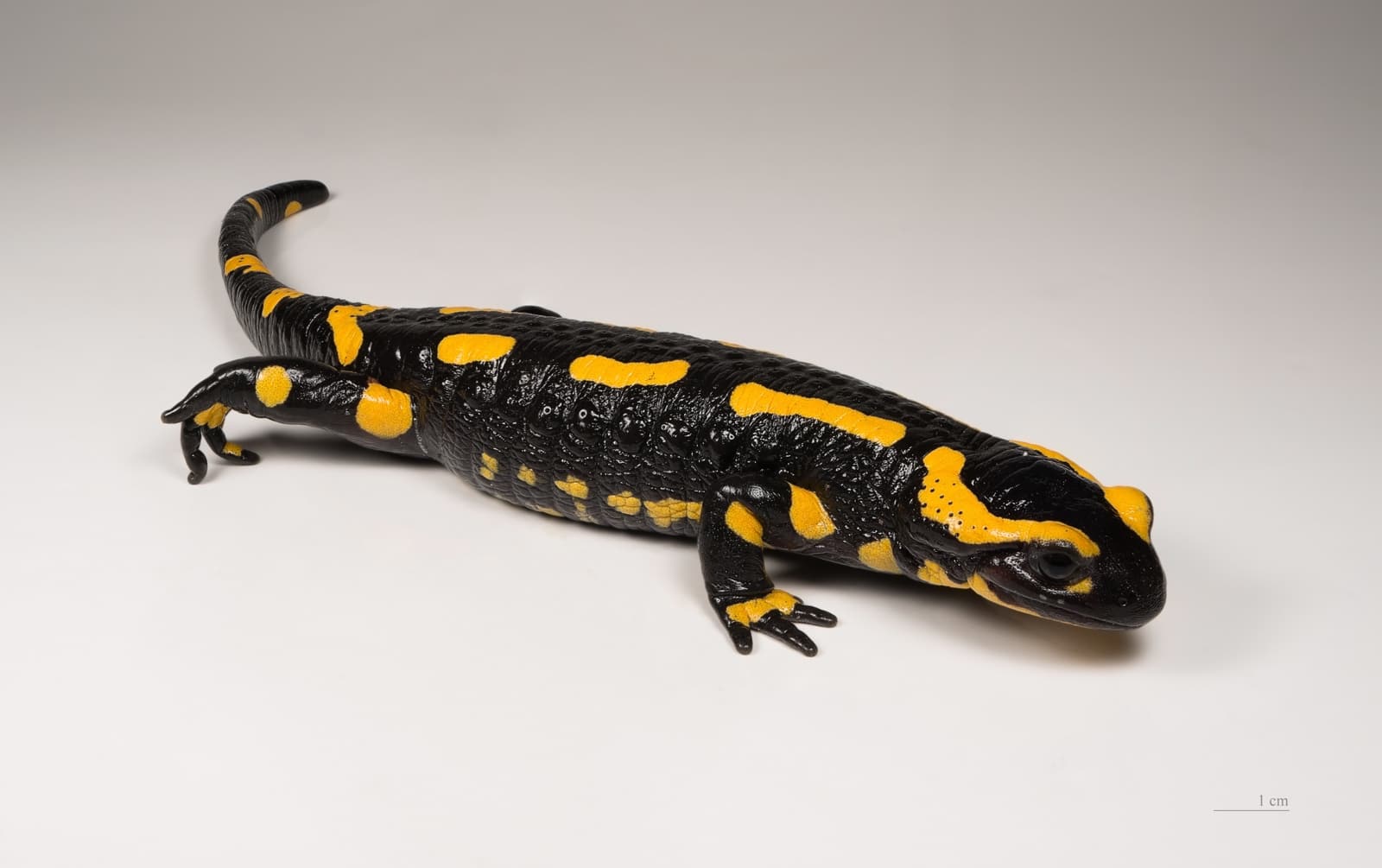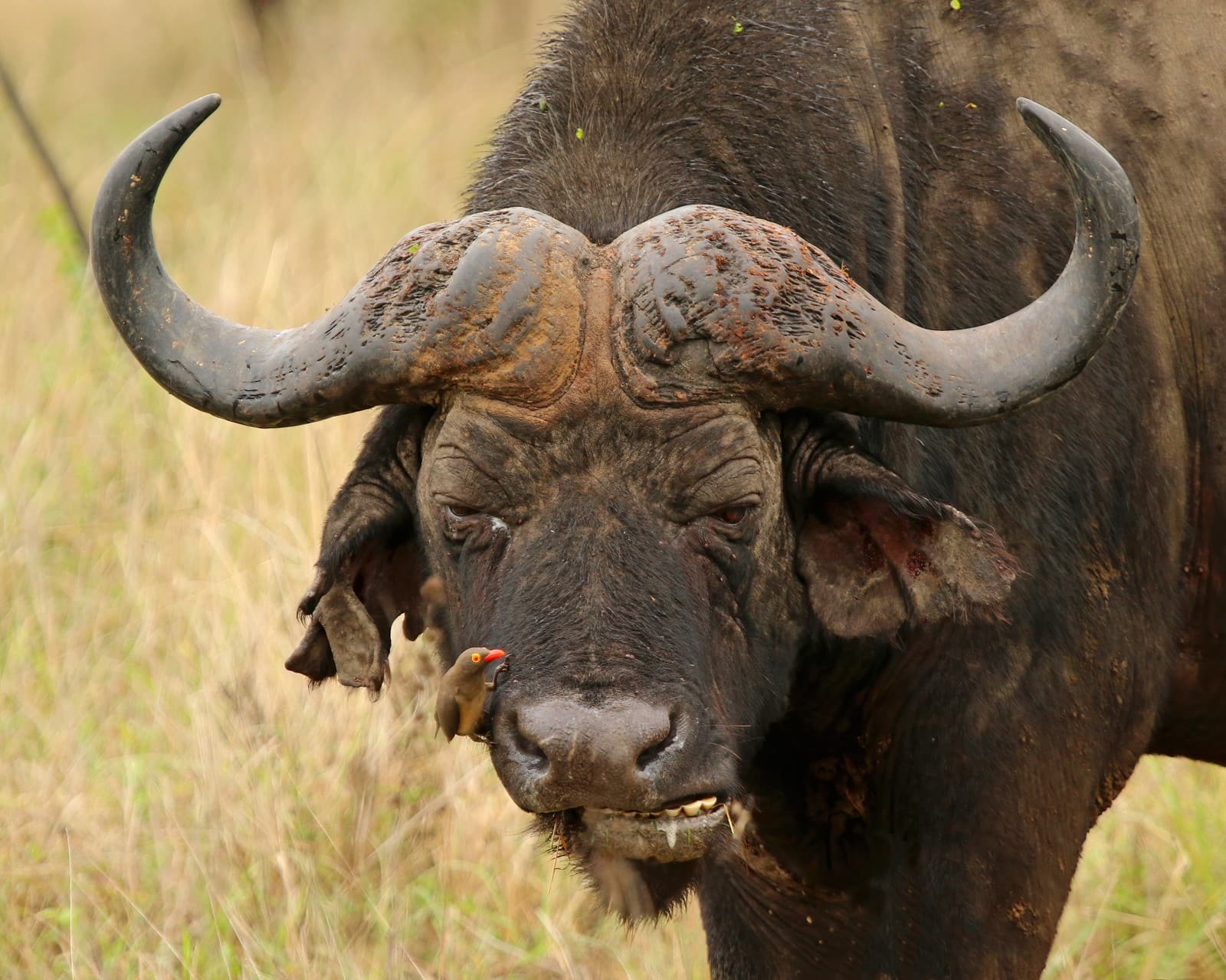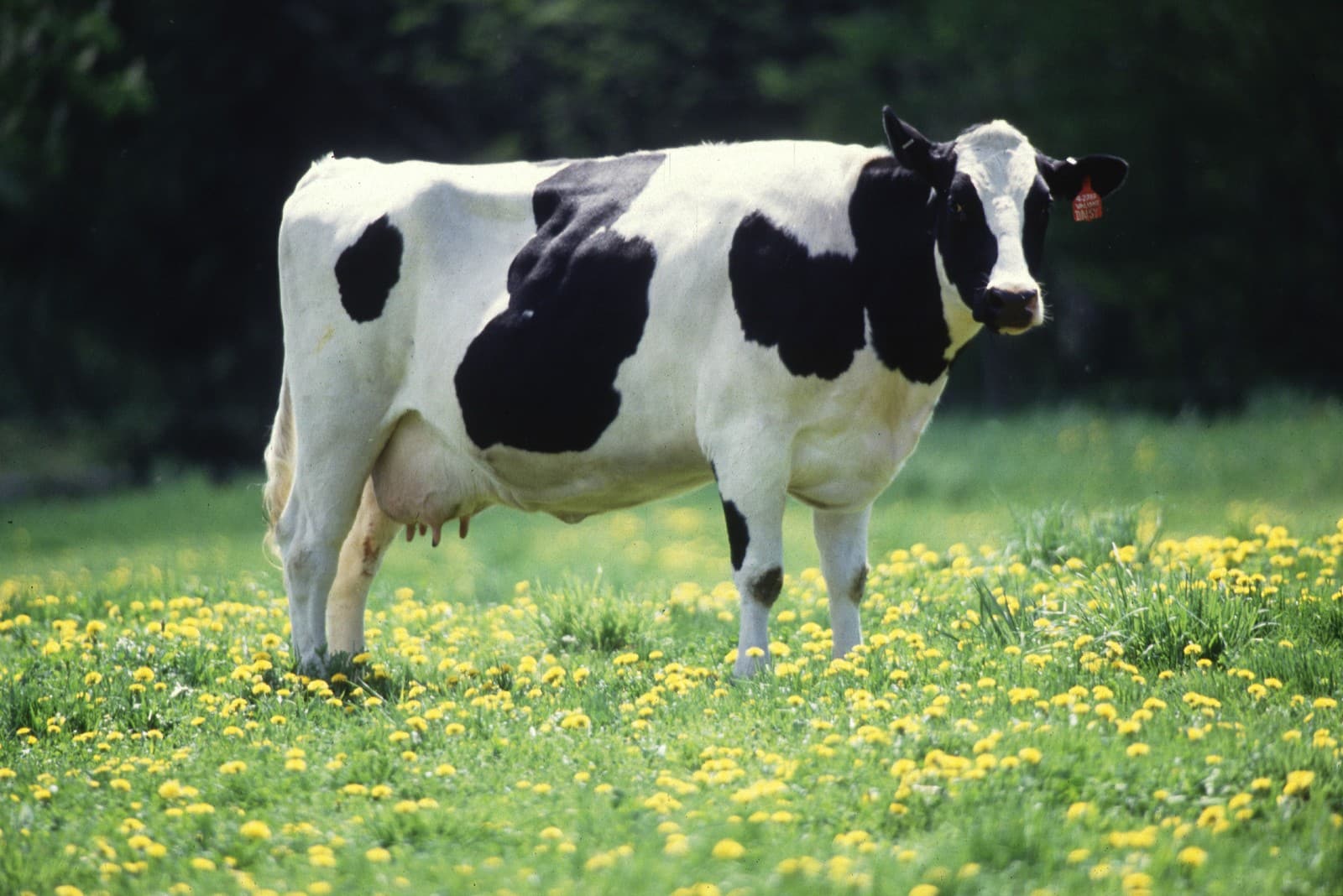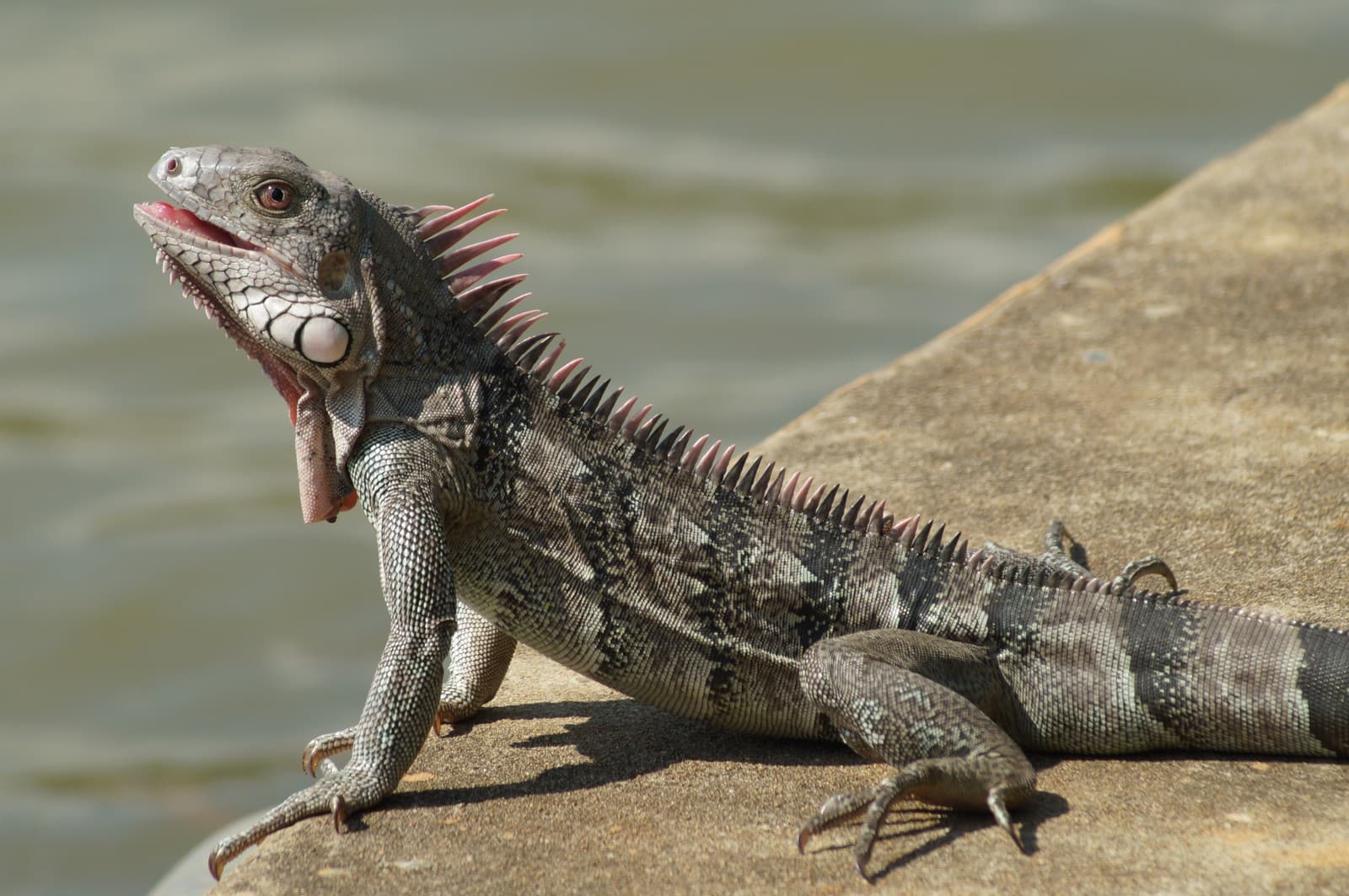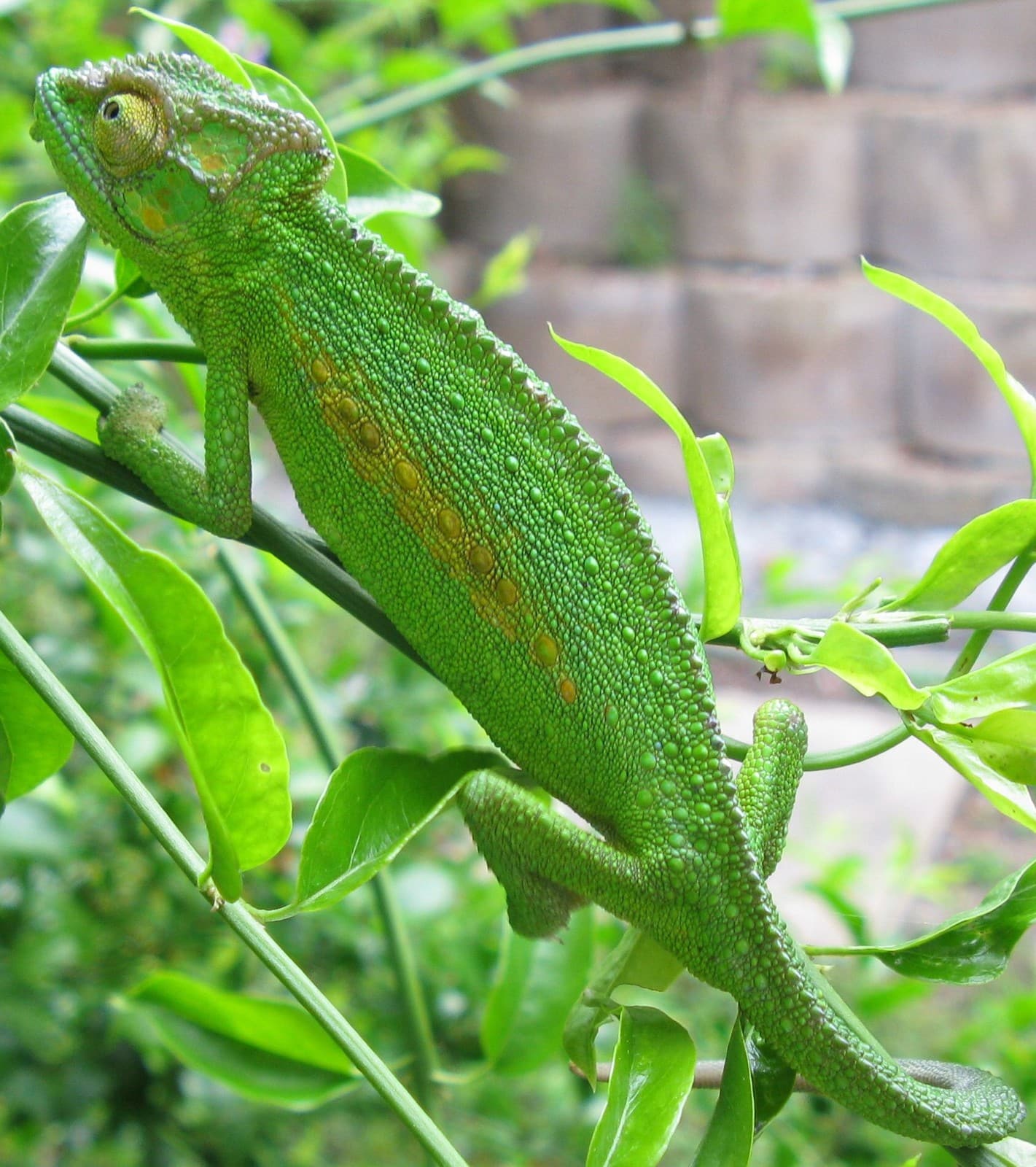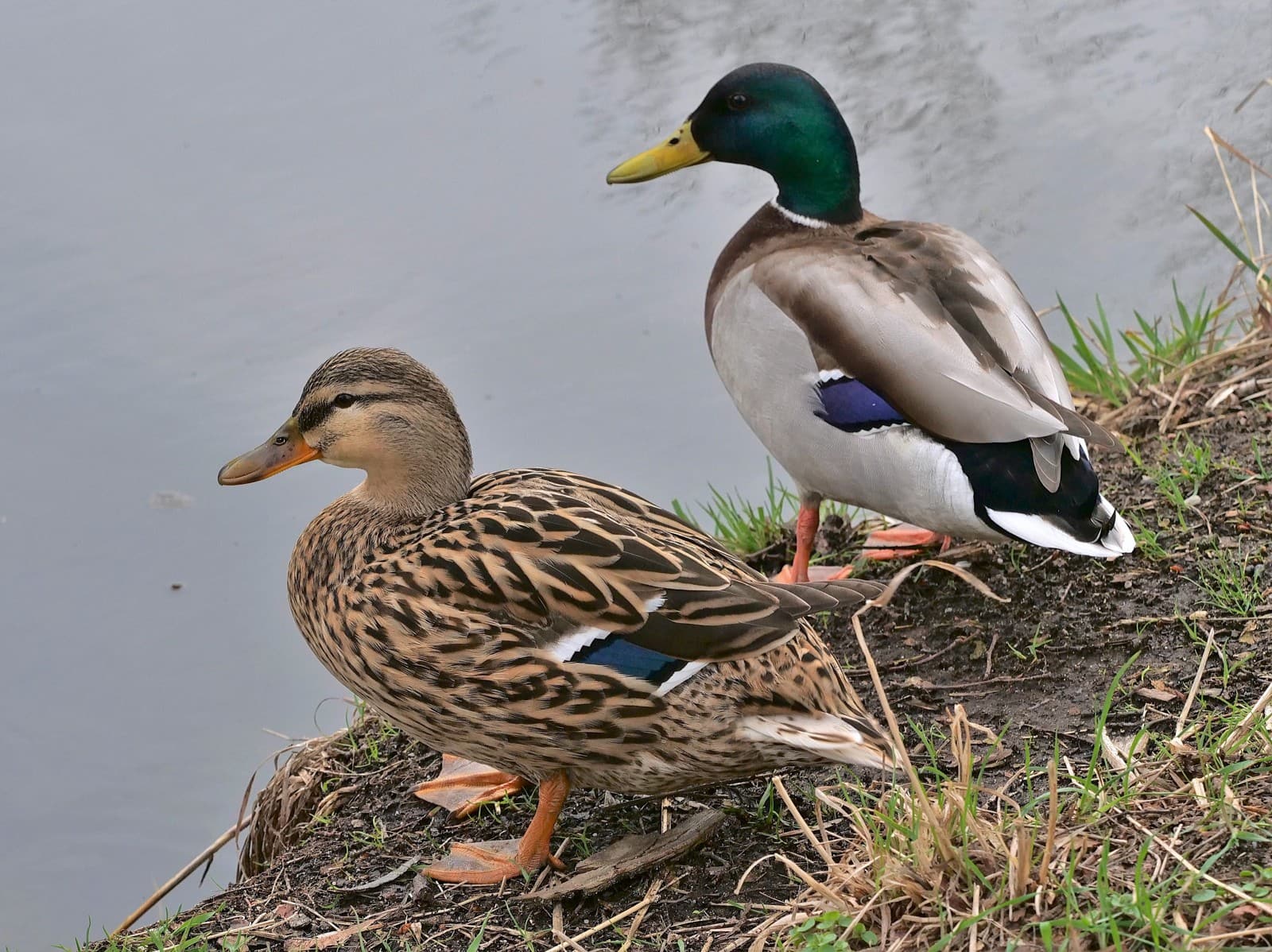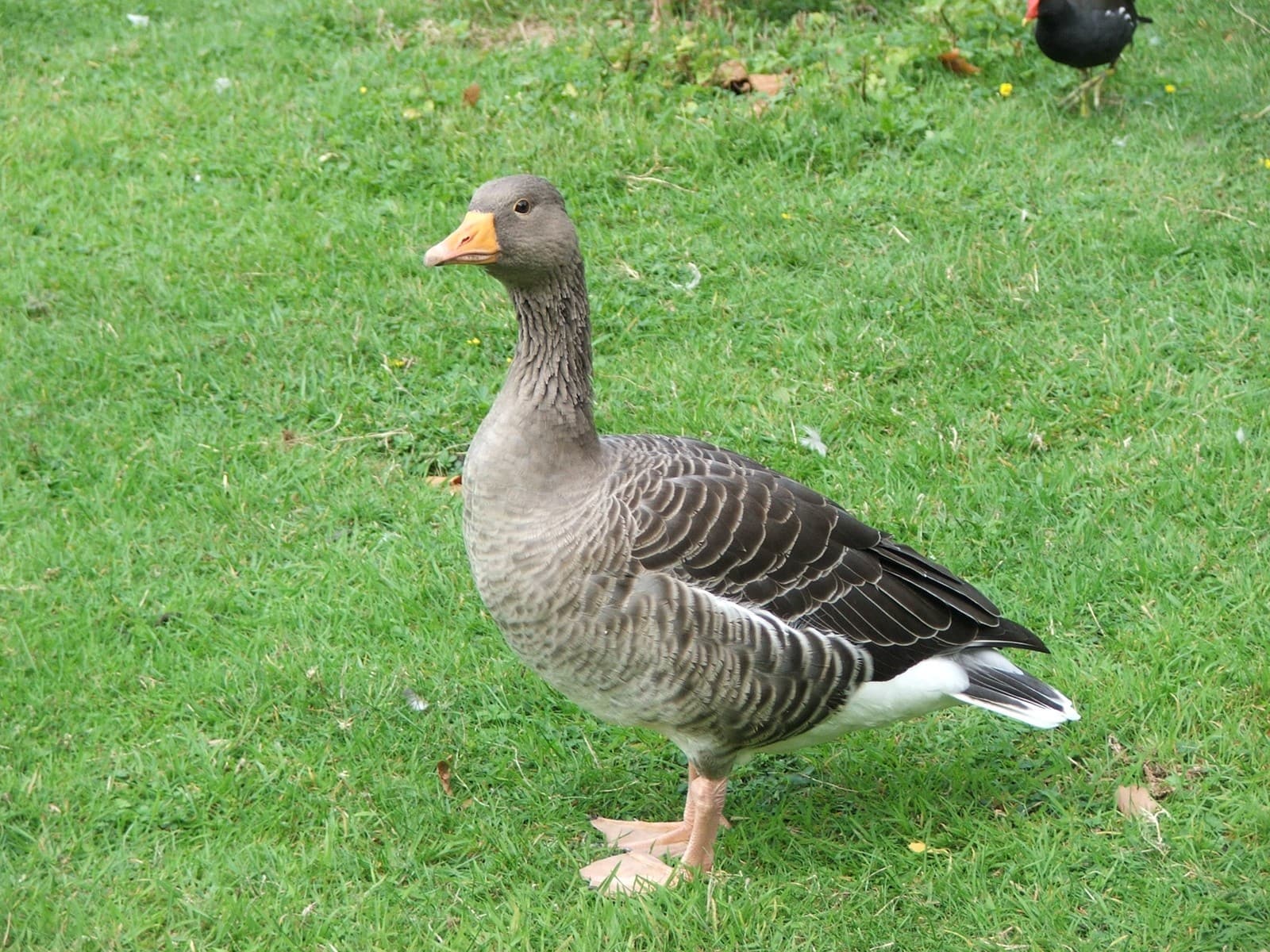Mole vs Vole: A Complete Comparison
Despite their similar-sounding names, moles and voles are remarkably different mammals with distinct evolutionary paths. Moles are specialized insectivores with powerful front limbs for digging, typically weighing 2.5-4.5 ounces (70-130g), while voles are stocky rodents weighing 0.7-2.3 ounces (20-65g) that create surface runways through vegetation. Understanding these differences is crucial for gardeners and wildlife enthusiasts alike.
The confusion between moles and voles often leads to misidentified garden damage and ineffective pest control measures. While both animals can impact gardens, their dietary preferences and behavior patterns couldn’t be more different. Let’s explore the key characteristics that set these mammals apart.
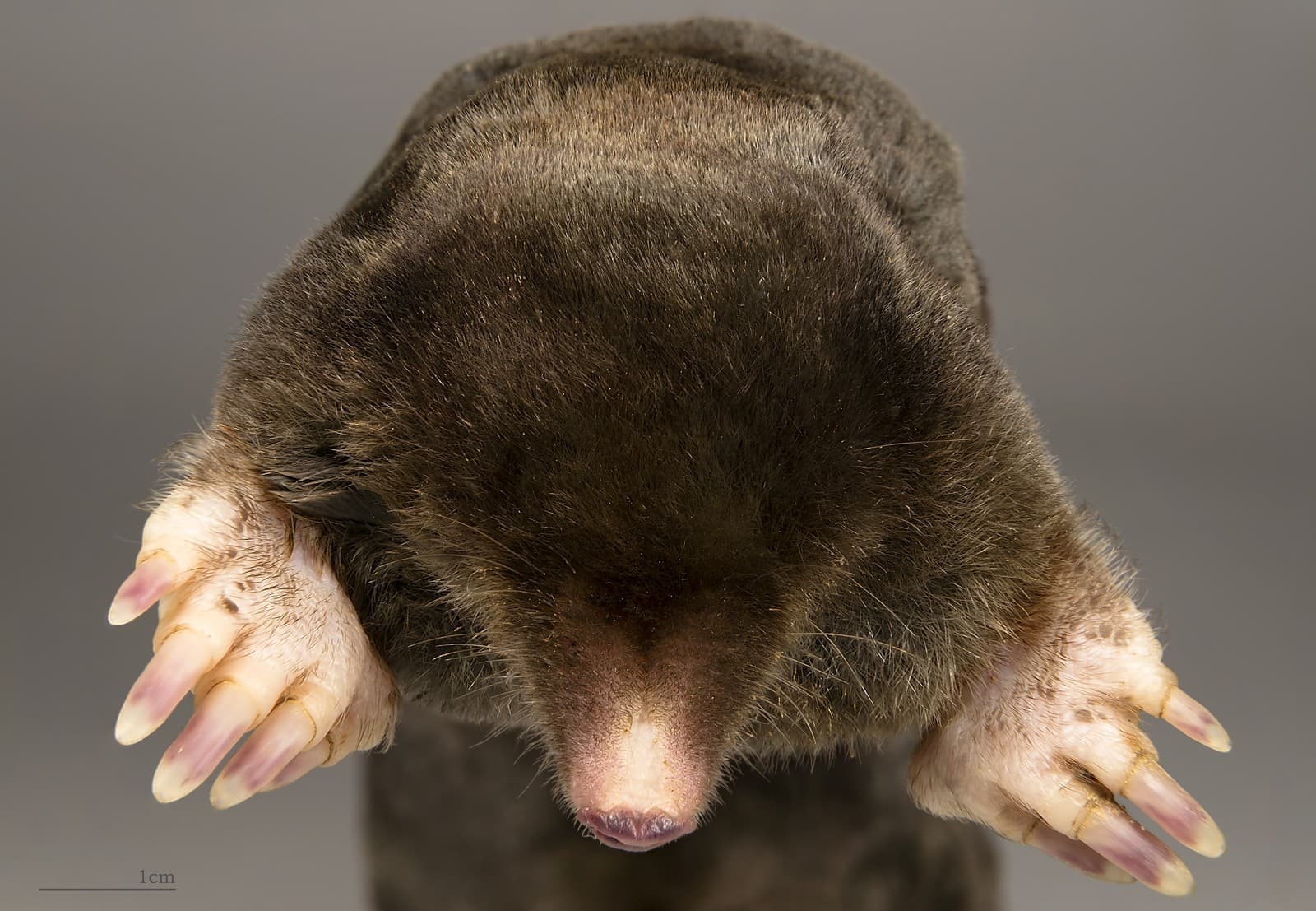
© Didier Descouens / CC BY-SA 3.0
The European mole’s distinctive shovel-like front paws and elongated snout are perfectly adapted for its underground lifestyle. Note the specialized digging claws and dense, velvety fur that can move both forward and backward through tunnel systems.
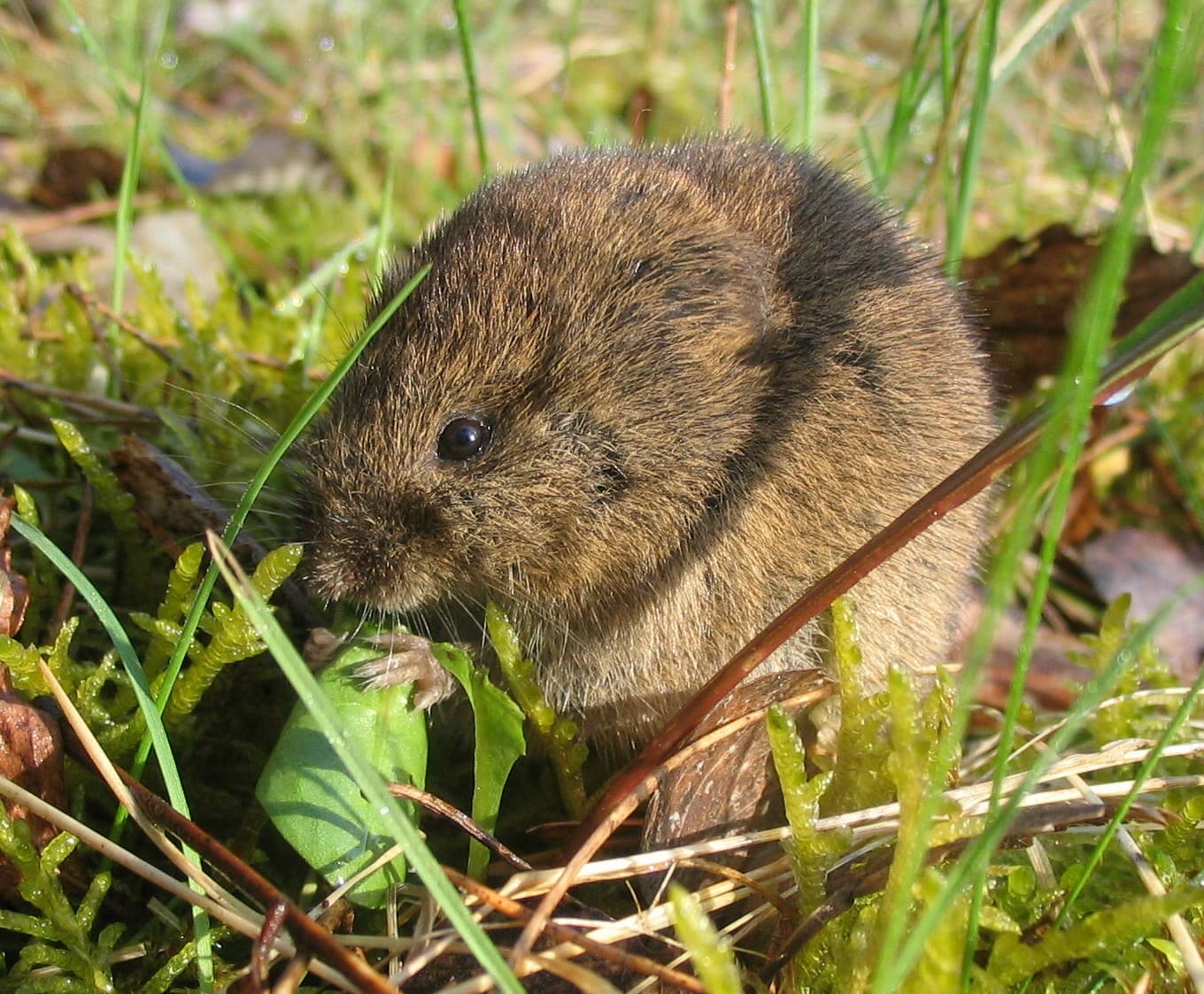
© Dieter TD, first upload in de wikipedia on 13:31, 28. Apr 2005 by Dieter TD / CC BY-SA 3.0
The field vole displays typical rodent characteristics with its rounded ears, blunt snout, and compact body. Unlike moles, voles are well-adapted to surface living and creating paths through vegetation.
Key Physical and Behavioral Differences
| Feature | Mole | Vole |
|---|---|---|
| Classification | Insectivore (Order Eulipotyphla) | Rodent (Order Rodentia) |
| Front Paws | Large, paddle-like with prominent claws | Small, typical rodent paws |
| Snout | Long, pointed with sensitive whiskers | Short, blunt |
| Eyes | Tiny, often hidden in fur | Small but visible |
| Diet | Primarily earthworms and insects | Plant material, seeds, roots |
| Habitat | Underground tunnel systems | Surface runways in vegetation |
Habitat and Lifestyle Differences
Moles are true subterranean specialists, spending nearly their entire lives in elaborate tunnel systems that can extend up to 100 yards (91 meters) in length. These tunnels serve as both hunting grounds and living spaces, with dedicated chambers for nesting and food storage.
Voles, conversely, create surface runways through grass and ground cover, occasionally digging shallow burrows for nesting. Their paths are typically 1-2 inches (2.5-5 cm) wide and can be easily spotted when snow melts, revealing intricate networks of grass tunnels.
Diet and Feeding Habits
Mole Diet
- Primary food: Earthworms (up to 50 per day)
- Secondary foods: Grubs, insects, larvae
- Daily consumption: 70-100% of body weight
- Cannot survive more than 12 hours without food
Vole Diet
- Primarily herbivorous
- Grass stems and roots
- Tree bark (especially in winter)
- Seeds and bulbs
- Occasional insects
Garden Impact and Control
The damage patterns of moles and voles are distinctly different:
Mole Signs:
- Raised tunnel ridges across lawns
- Cone-shaped mounds of excavated soil
- Primarily structural damage to lawns
- No direct plant consumption
Vole Signs:
- Surface runways in grass
- Gnawed bark on trees and shrubs
- Direct consumption of plants
- Multiple small burrow entrances
Who Would Win in a Confrontation?
While moles and voles rarely interact due to their different habitat preferences, a theoretical confrontation would likely favor the mole due to:
- Superior strength (can push 32 times their body weight)
- Larger size (typically 1.5-2 times heavier than voles)
- More powerful claws and stronger jaw structure
- Aggressive territorial behavior
However, such confrontations are extremely rare in nature as these animals occupy different ecological niches and rarely compete for resources.
Identification Quick Guide
To definitively identify whether you’re dealing with a mole or vole, look for these key indicators:
Mole Indicators:
- Raised soil tunnels
- Volcano-shaped soil mounds
- No visible runways in grass
- Minimal plant damage
Vole Indicators:
- Surface paths through grass
- Gnawed plant materials
- Multiple small holes
- Clear evidence of vegetation consumption
Understanding these differences is crucial for implementing effective management strategies and maintaining healthy garden ecosystems.
